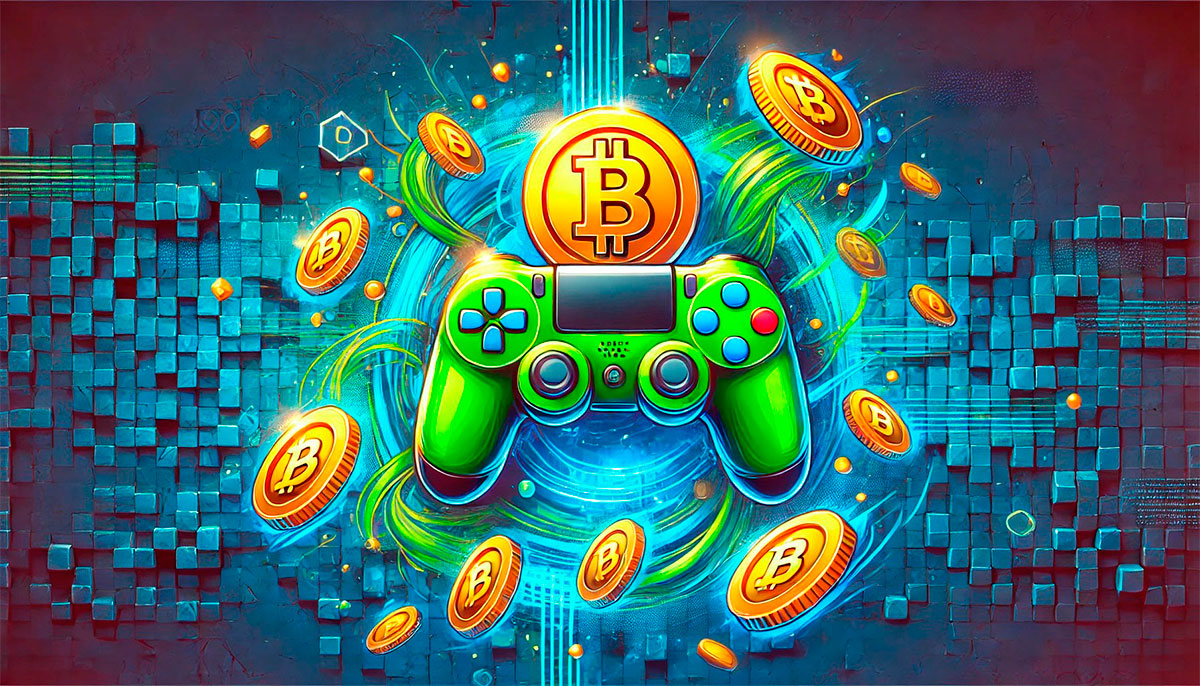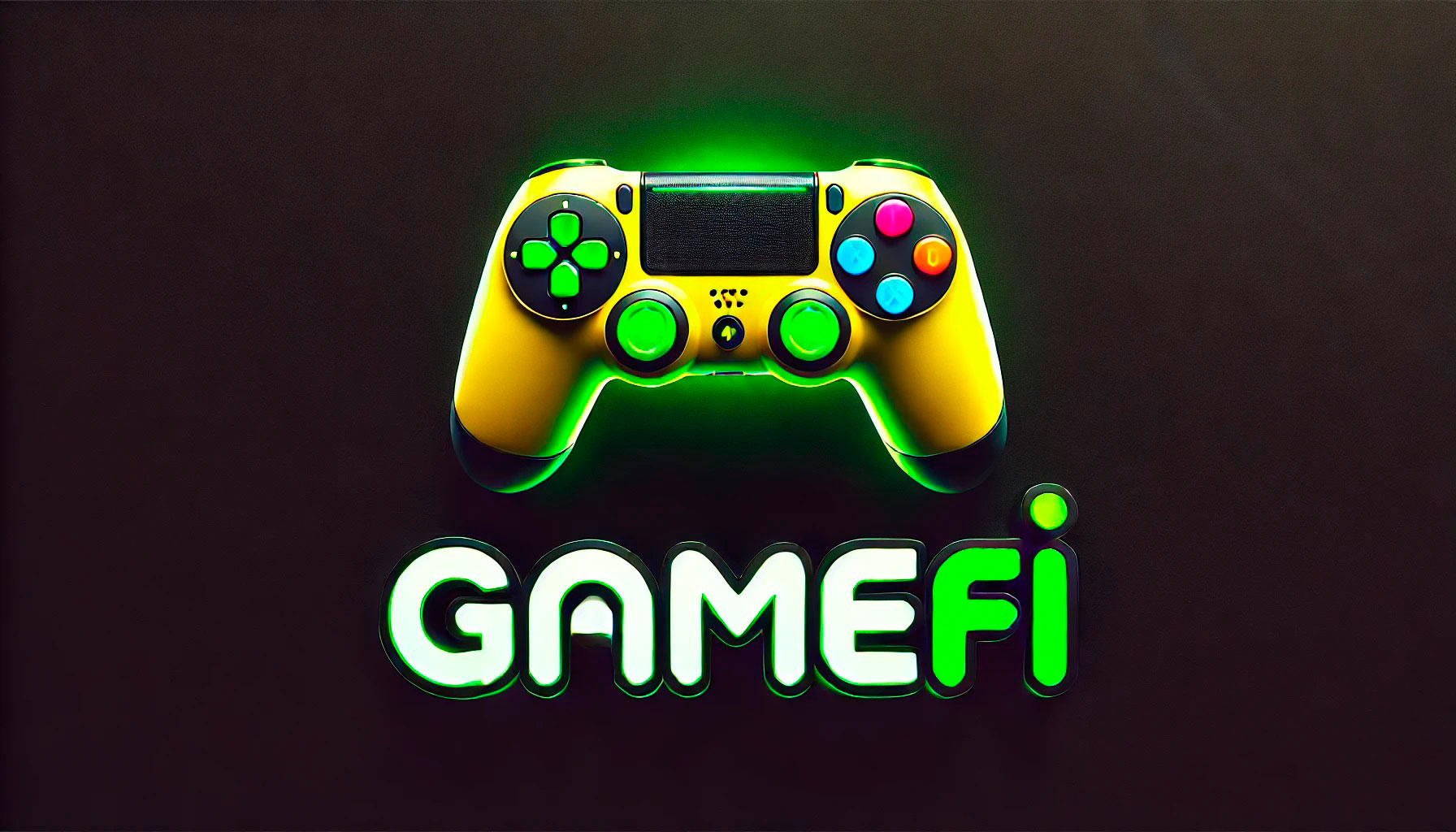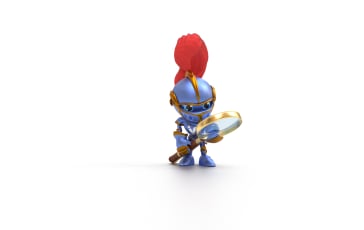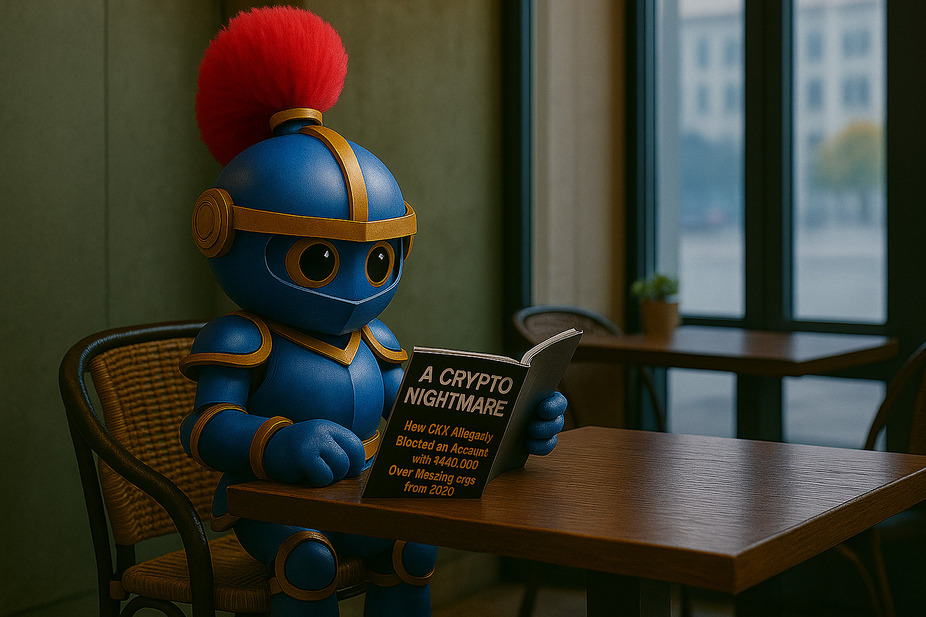What is GameFi and How Does it Work?
Blockchain entertainment isn’t just a blast, it’s also a goldmine. Both the gaming and crypto worlds are raking in billions, with millions of people getting in on the action.
Enter GameFi – a mashup of “game” and “finance” This hot trend mixes gaming with the money-making side of cryptocurrencies. It kicked off where DeFi (decentralized finance) and NFTs (Non-fungible tokens) meet, letting players have fun while also making real cash through crypto assets and tokens.
We’re here to break down what GameFi is, how you can earn while playing, and what the future looks like for this booming industry.

What is GameFi?
GameFi, short for gaming finance, is a fresh concept that blends gaming with decentralized finance. It’s all about merging the gaming and blockchain worlds into a new kind of decentralized app (dApp). By building a gaming ecosystem powered by blockchain tech, digital assets, and decentralized finance, GameFi aims to make gaming more fun and rewarding for players.
GameFi projects let you make money while gaming: you get paid for playing. All the stuff you earn or buy in the game, like characters, land, artifacts, clothes, and more, is yours to keep.
Developers pick which cryptocurrency to use for payments in the game, but usually, each platform has its own token. Some games might need a small investment to get started, but most of the time, you just jump in and play.
There are other ways to make money in GameFi too. You can sell NFT items — the more popular the game, the higher the price. You can also rent out your virtual property, join tournaments, or bet on competition results. In some games, you can even stake the coins you earn to make more money.
Play-to-Earn Crypto Games
The main way to make money in GameFi is through Play-to-Earn. Basically, you get paid for playing games, either for the time you spend or for doing specific in-game tasks. Sometimes, you might earn by creating NFT items from existing collections.
It all boils down to developers paying players to keep using their games. The investment methods can vary based on the game mechanics. For example, in Axie Infinity, you need to use in-game currency (SLPs) to create NFT characters. If the game keeps growing, just owning those tokens could become valuable.
A recent trend with STEPN shows that new projects are coming up with different ‘something-to-earn’ models: run, jump, play, breathe, you name it. Each project is unique, so it’s worth looking into each one’s background and potential.
Sometimes, you just need to buy management tokens, while other games might get you involved in their internal processes. For regular players, it’s straightforward — they trade their time for money. But be cautious if a game requires an initial investment to start playing.
GameFi projects are great for introducing newbies to the world of cryptocurrency and blockchain. They help with mass adoption of the industry. Usually, earnings come from leveling up characters, upgrading game items, and similar activities. During these upgrades, some in-game coins get burned, reducing their market supply.
How Does GameFi Work?
GameFi can vary depending on the project, but there are some key components that make it what it is.
First, there’s blockchain technology, which powers the games and the in-game tokens. Smart contracts also play a big part, making the online gaming experience more decentralized.
Then you’ve got decentralized finance (DeFi), non-fungible tokens (NFTs), and play-to-earn (P2E) mechanisms. Let’s dive into these a bit more.
DeFi
DeFi helps the GameFi economy by offering things like staking and liquidity provision. It plays a big role in raising project funds through initial DEX offerings and is crucial for in-game rewards and incentives.
NFTs
NFTs make it easier to exchange in-game items and secure ownership rights. They cover everything from avatars, costumes, and weapons to land and collectibles. The rarer the item, the pricier it gets. Marketplaces in the games streamline these exchanges and build an in-game economy.
P2E
Unlike older games that required you to pay to play, GameFi lets you earn rewards by playing. These rewards could be tokens, rare collectibles, or other goodies. You earn these by completing levels, breeding characters, developing virtual land, competing with other players, and more. Other cool features in GameFi include gaming DAOs and community decision-making, which help create a fairer environment for everyone.
GameFi Benefits
GameFi offers a bunch of perks and opportunities for everyone involved — players, developers, investors, and the blockchain industry as a whole.
Here are some of the main benefits:
True Ownership
One of the biggest advantages of GameFi is true ownership. Players have complete control over their in-game assets. Unlike traditional in-app purchases where you don’t really own anything, GameFi lets you truly possess and control your items, making the gaming experience more engaging and empowering.
Play-to-Earn
GameFi gives players the chance to earn passive income from their in-game assets. By participating in DeFi protocols like liquidity pools and yield farming, players can earn dividends and fees. Plus, they can sell their NFT-based items on secondary markets. This is a huge step up from traditional gaming, where you spend money on in-game items without any financial return. With GameFi, you can actually make money from your investments in the game.
Innovation
GameFi is a groundbreaking use of blockchain technology, blending gaming with decentralized finance. It shows that blockchain isn’t just about cryptocurrencies. By creating new use cases and applications, GameFi fosters a more diverse and sustainable ecosystem. This innovation opens doors for new players and investors to join the blockchain industry, driving growth and development in the sector.
GameFi Downsides

GameFi isn’t all sunshine and rainbows. Here are some of the downsides:
- Steep Learning Curve: If you’re not already into virtual games, blockchain games can be tough to get into. Developers need to make these games easier to navigate.
- Price Fluctuations: NFTs and GameFi tokens can have wild price swings. This means you could lose money during volatile periods.
- Regulatory Uncertainty: GameFi lacks clear regulations, so there’s a risk when playing these games and trading GameFi tokens.
- Security Issues: Not all crypto projects are created with good intentions. There are rising cases of scams, rug pulls, and hacks, which can make investing in GameFi a bit risky.
Popular GameFi Platforms
Here are some popular GameFi platforms you can dive into:
- Axie Infinity: Breed game creatures with different values and battle other players. You can earn from both activities, giving you economic freedom.
- Cryptoblades: Equip your character with weapons and armor to defeat other players in the arena.
- Alien Worlds: Explore an innovative space-themed metaverse.
- Upland: Trade plots of land in a virtual world that mirrors the real world. Build your dream house, start a virtual business, and sell real estate in an open market.
- Splinterlands: A collectible card game where you earn rewards for victories and can trade cards of varying rarity.
- Aavegotchi: Collect DeFi-based crypto characters. Compete and team up with others to gain experience and earn money.
All these games use NFTs for characters, weapons, clothes, land, decorations, and more. The NFT and GameFi industries are tightly linked, and their growth goes hand in hand.
Future of GameFi
GameFi is set to grow big in 2024, potentially making up 10% of the global gaming market, up from just 3% now. With new GameFi projects on the horizon, gamers can look forward to fresh games that offer more control and trustless environments. Traditional gaming companies might also start adding blockchain tech to their products, bringing decentralized ownership and unique in-game assets into the mix. But it’s not all smooth sailing — GameFi needs to focus more on quality gameplay rather than just blockchain features.
The player base is expected to explode to 50 million active users, thanks to accessibility on various devices and compatibility across different blockchain ecosystems. Community-driven development and smart economic models (tokenomics) will be key in creating a fun and sustainable environment in GameFi.
But remember, GameFi isn’t without its risks. Like any new tech, there will be unexpected challenges and bumps in the road. Since the industry is still pretty young, it’s important to be careful and do your homework before diving into any GameFi projects. Plus, as with any blockchain tech, there’s always the potential for hacks and security issues.








